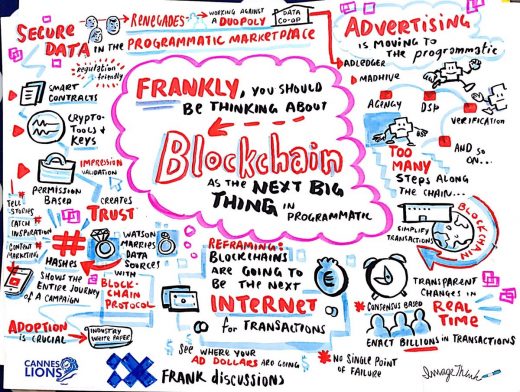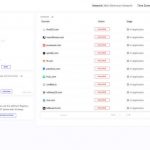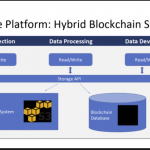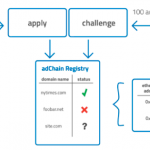Mixing Blockchain With Programmatic
Mixing Blockchain With Programmatic
by
Laurie Sullivan , Staff Writer @lauriesullivan, February 26, 2018
Marketers in adland have few conversations these days that don’t weave in the words “blockchain” or “programmatic.” From display to video and now radio, companies like the streaming music service Pandora
have found and embraced automation, whether ad serving and ad verification or something marketers have come to know as smart contracts.
Kerry Bianchi, CEO of Visto, believes the two technologies blockchain and programmatic–will work together, helping to provide transparency throughout the advertising supply chain. Marketers want a better understanding of cost and visibility, she said.
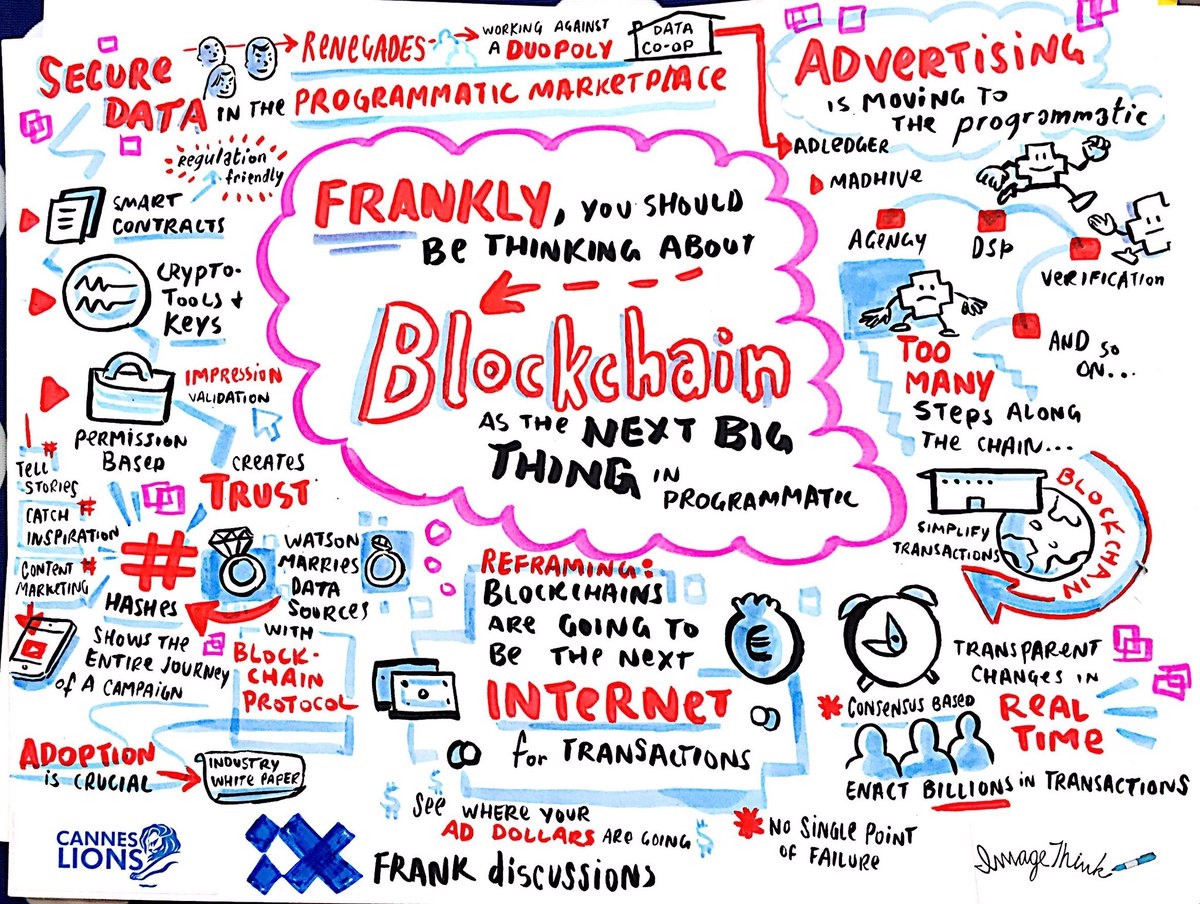
“It will be interesting to see where it’s applied, and will it become applicable in the real-time trading part of the supply chain,” Bianchi said. “Given the timing and how quickly real-time bidding must transact, blockchain is probably a little bit slow. The promising areas are in smart contracts and billing, which provide a ledger and one source of truth.”
A shortage of marketers who understand the technologies create challenges. Those with the expertise will realize cost savings in the long run, especially in programmatic. For example, negotiations with a data provider could yield anywhere between 5% and 10% in savings, depending on commitments, according to Elizabeth Christensen, managing director of the Americas at Eyeota.
Working with an outside agency rather than running the program in-house may be a better move for those companies lacking employees with a knowledge of the technologies. Agencies often can optimize media spend and negotiate better rates, because they understand the processes better than the brand, giving them leverage in the negotiations, Christensen said.
“We’ve seen this work well with inventory, but other add-ons like data have proved more complicated to negotiate, given the difficulty of tracking campaign performance,” she said. “Because they can consolidate spend while delivering greater scale and reach in performance-based marketing, agencies can net closer to 20% in cost savings with data providers. By working with the percentage of media spend, agencies are providing additional savings where brands would not otherwise realize.”
There are benefits for bringing programmatic in-house. Some of the benefits will come from blockchain and direct relationships with data providers and other vendors. This direct line of communication means more transparency, a better understanding of how data is collected and sourced, and greater flexibility with campaign commitments.
Brands are also able to negotiate with partners more easily, who may be more willing to offer deals directly where the transaction is direct and commitments are more easily evaluated.
“It’s the classic cost versus ownership dilemma that we’ve seen throughout media over the past couple of years,” Christensen said. “It’s tough to calculate the value, but if the proposition of more transparency and knowledge is worth the expense incurred, it is powerful to have that knowledge in-house.”
One of the major challenges is proficiency, but the Interactive Advertising Bureau is trying to tackle that problem by offering classes.
“Most people learn best by doing, so the sooner marketers get more involved, the faster the transition will be,” Christensen said. “I would expect the reality to be double any predictions of time it will take to get up to speed, but it always takes longer than expected.”
MediaPost.com: Search Marketing Daily
(36)

